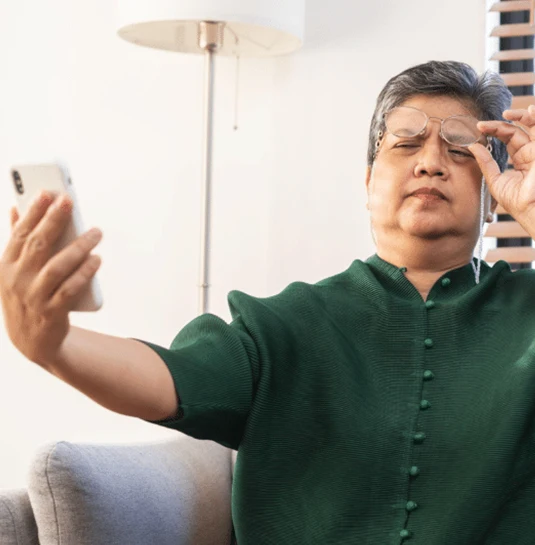Choosing the Right Extended Range Lens
The correct extended range lens is determined by a number of criteria, including the patient’s age, lifestyle, eye health, and visual demands. Patients may review their choices during their consultation with their surgeon and choose the lens that is most suited to their requirements. Reasonable expectations, your surgeons’ experience with a wide range of lenses and a detailed discussion about the benefits and the risks will result in happy outcomes.
Extended range lenses are an excellent option for patients who want to reduce their dependence on glasses or contact lenses









